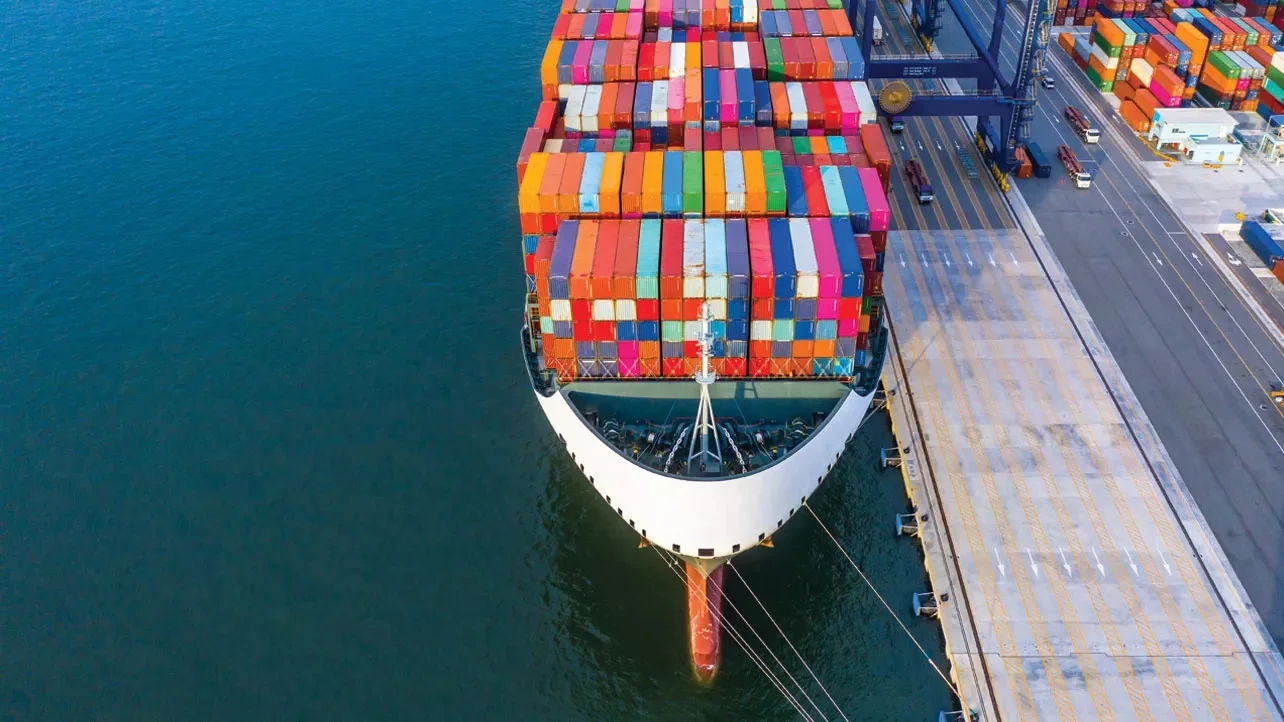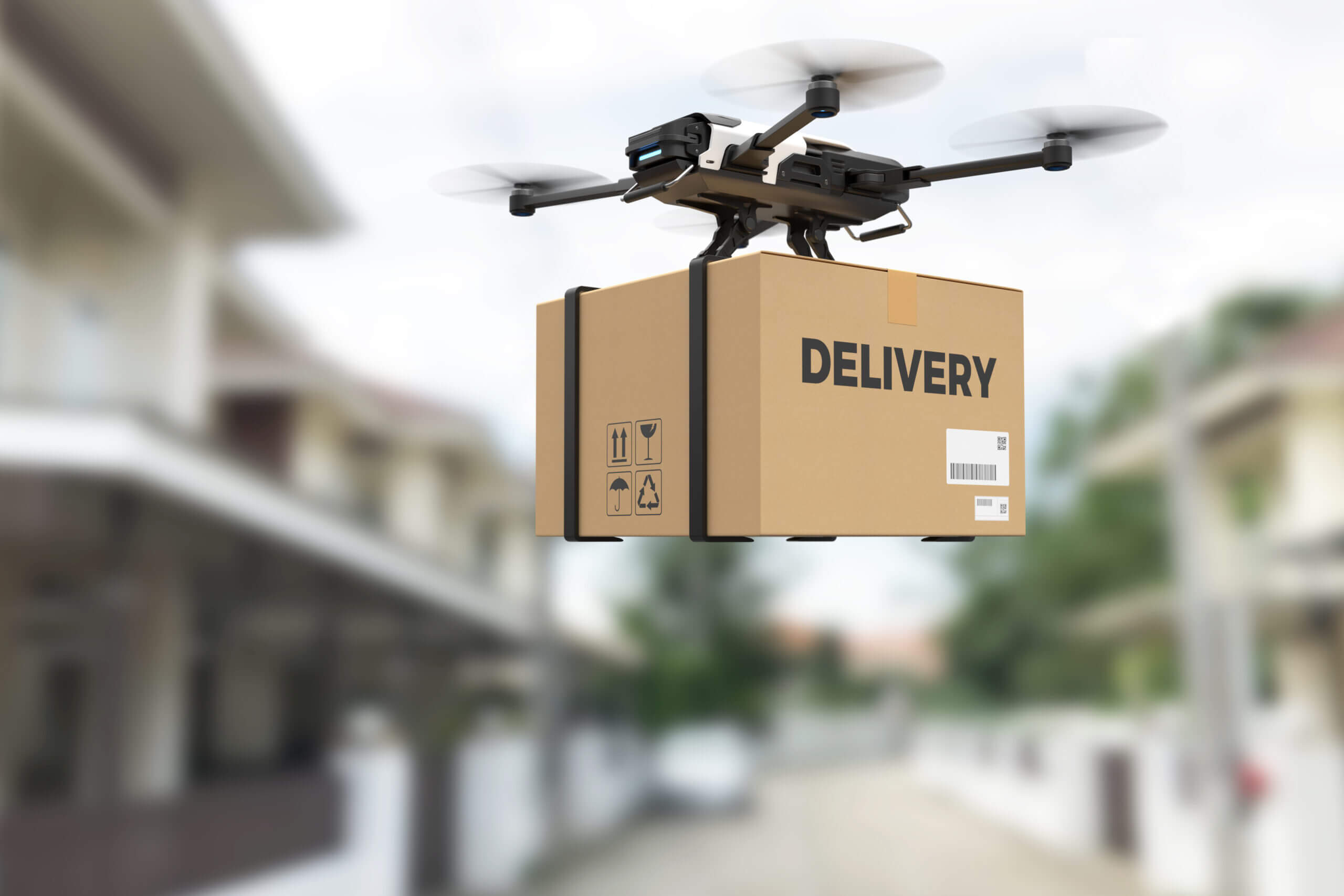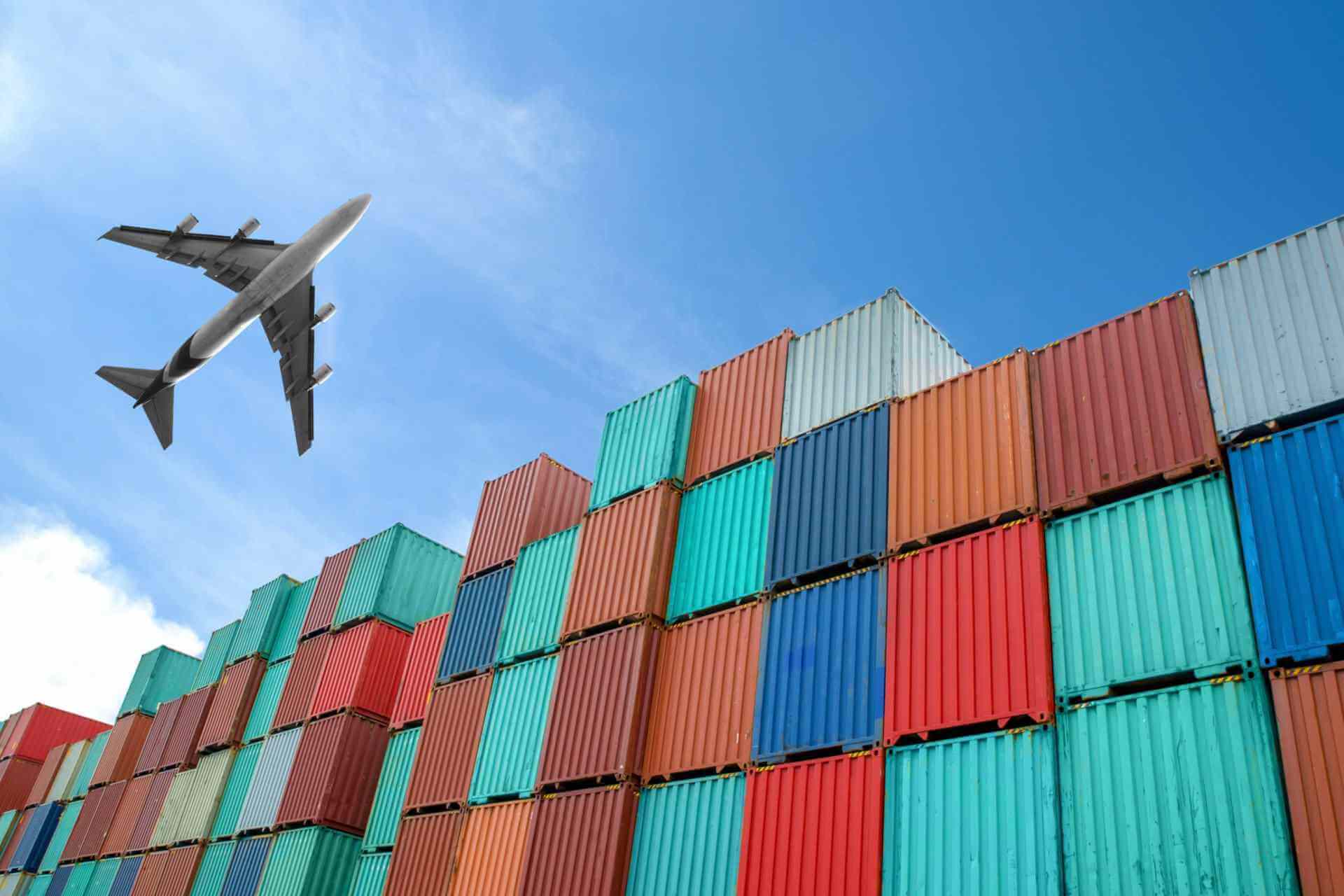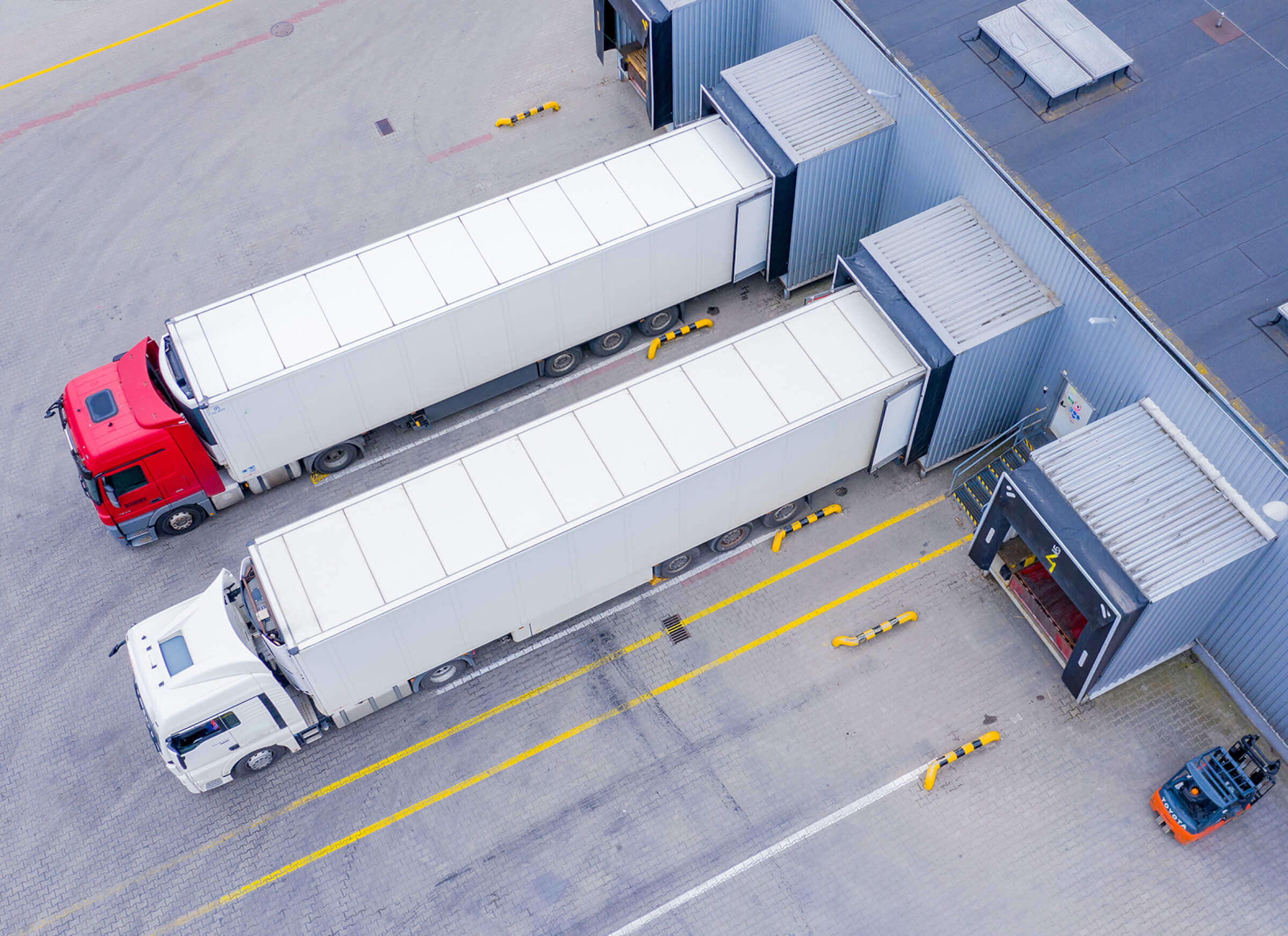
Berthing in shipping refers to the process of securing a vessel at a designated location within a port or harbor, allowing for the loading and unloading of cargo or passengers. It is a critical component of maritime logistics, ensuring the efficient transfer of goods and people between sea and land. Efficient berthing reduces turnaround times, enhances operational efficiency, and optimizes the use of port facilities.
The Berthing Process
The berthing process involves several key steps:
- Pre-Arrival Planning – The ship’s crew coordinates with the port authority to schedule berthing, ensuring that an appropriate berth is available upon arrival. Advanced planning includes checking available docking slots, notifying relevant authorities, and confirming compliance with port regulations.
- Pilotage – In many ports, a harbor pilot boards the vessel to assist with navigation through the port’s channels and guide the ship to its designated berth. Pilots are highly trained experts familiar with local waters, currents, and docking procedures.
- Tugboat Assistance – Large vessels often require the support of tugboats to maneuver safely into position, especially in congested or narrow harbor areas.
- Mooring – The vessel is secured to the dock using ropes or mooring lines to prevent movement during cargo operations. Some ports use automated mooring systems that enhance safety and efficiency.
- Cargo Operations – Once secured, cranes, conveyor belts, or manual labor facilitate the loading and unloading of cargo or passengers. Modern ports utilize advanced logistics systems to streamline these operations.
- Departure Preparation – After completing its operations, the vessel is untied, navigates away from the berth, and continues its journey. Clearance from port authorities is required before departure.
Types of Berths
There are various types of berths, each designed to accommodate different kinds of vessels and cargo:
- Container Berths – Specialized berths equipped with gantry cranes for handling containerized cargo, ensuring rapid loading and unloading.
- Bulk Cargo Berths – Designed for handling dry bulk goods like coal, grain, and minerals, often using conveyor belts or grab cranes.
- Liquid Bulk Berths – Used for tankers carrying liquid cargo such as oil, chemicals, and LNG, with specialized pipelines and spill prevention systems.
- Ro-Ro (Roll-on/Roll-off) Berths – Designed for vessels transporting wheeled cargo like cars, trucks, and heavy machinery, featuring ramps for easy loading.
- Fishing Berths – Used for docking fishing vessels for unloading catch and resupply, with refrigeration and processing facilities.
- Passenger Berths – Designed for cruise ships and ferries, facilitating passenger embarkation and disembarkation, often equipped with gangways and terminals.
- Naval Berths – Reserved for military vessels, including naval ships and coast guard vessels, often equipped with security measures and maintenance facilities.
- Industrial Berths – Located near manufacturing plants or processing facilities for the direct transfer of raw materials and finished products.
Factors Influencing Berthing
Several factors impact berthing efficiency and safety:
- Tidal and Weather Conditions – High tides, winds, and currents can affect maneuverability and docking safety. Some ports have tidal restrictions that dictate berthing schedules.
- Port Congestion – Availability of berths and port traffic can lead to delays in berthing schedules, especially in major global shipping hubs.
- Vessel Size and Draft – The size and draft of a vessel determine its compatibility with available berths. Deeper drafts require deeper harbor waters.
- Port Facilities and Equipment – The presence of cranes, tugs, and mooring infrastructure influences berthing efficiency. Advanced ports use automated systems to optimize operations.
- Security and Regulations – Ports enforce safety and security protocols, including customs clearance, cargo inspection, and environmental regulations.
- Infrastructure and Maintenance – The condition of piers, fenders, and mooring equipment affects berthing safety and efficiency.
- Berth Scheduling Systems – Digital berth management systems optimize space usage and reduce vessel waiting times.
Challenges in Berthing Operations
Berthing operations can be complex and face several challenges, including:
- Congestion and Delays – High shipping traffic can lead to berthing delays, affecting supply chains and increasing costs.
- Weather Disruptions – Adverse weather conditions such as storms, fog, and strong winds may force vessels to wait offshore until safe berthing conditions prevail.
- Infrastructure Limitations – Ports with outdated or insufficient infrastructure may struggle to accommodate modern, larger vessels.
- Environmental Concerns – Oil spills, emissions, and ballast water discharge from vessels during berthing pose ecological risks.
- Labor Strikes and Workforce Issues – Strikes or labor shortages at ports can disrupt berthing schedules and slow down operations.
- Technological Integration – Some ports lack modern technology, leading to inefficiencies in berth allocation and cargo handling.
Best Practices for Efficient Berthing
To optimize berthing operations, shipping companies and port authorities adopt various best practices:
- Advance Scheduling and Coordination – Effective communication between ship operators and port authorities reduces waiting times and improves berth utilization.
- Use of Tugboats – Tugboats assist in maneuvering large vessels safely into position, especially in congested ports.
- Real-Time Monitoring – Modern ports use digital tracking and AI-driven systems to manage berth availability, predict vessel arrivals, and optimize logistics.
- Eco-Friendly Operations – Implementing shore power, reducing emissions, and using clean energy solutions minimize environmental impact.
- Automation and AI in Port Operations – Automated mooring systems, AI-based berth scheduling, and robotics improve efficiency and reduce human error.
- Crew Training and Preparedness – Well-trained crew members ensure smoother berthing operations and faster turnaround times.
- Investment in Port Infrastructure – Expanding port facilities, deepening harbors, and upgrading equipment enhance berthing capacity and efficiency.
- Berth Booking Systems – Implementing online berth reservation systems helps streamline scheduling and reduce congestion.
Future Trends in Berthing
The shipping industry is continuously evolving, and several trends are shaping the future of berthing operations:
- Smart Ports – Ports are increasingly adopting smart technologies, including IoT, AI, and blockchain, to optimize berthing and cargo handling.
- Autonomous Berthing Systems – Research is underway to develop self-docking ships that use AI and advanced sensors to berth autonomously.
- Green Berthing Initiatives – Ports worldwide are implementing sustainable practices, such as onshore power supply and emission reduction strategies.
- Increased Port Automation – The integration of AI-driven berth scheduling and fully automated container terminals is expected to enhance efficiency.
- Expansion of Mega Ports – With the rise of ultra-large container vessels, ports are expanding their berthing facilities to accommodate larger ships.
- Decentralized Berth Allocation – Blockchain technology is being explored to create transparent and efficient berth allocation systems.
Conclusion
Berthing is a vital aspect of the shipping industry, facilitating global trade and passenger transport. Efficient berthing operations depend on coordination, infrastructure, and adherence to safety protocols. By understanding the berthing process, its challenges, and best practices, maritime professionals can enhance operational efficiency, reduce delays, and improve the sustainability of port operations. With advancing technology and smarter logistics, the future of berthing promises greater efficiency, safety, and environmental responsibility.



